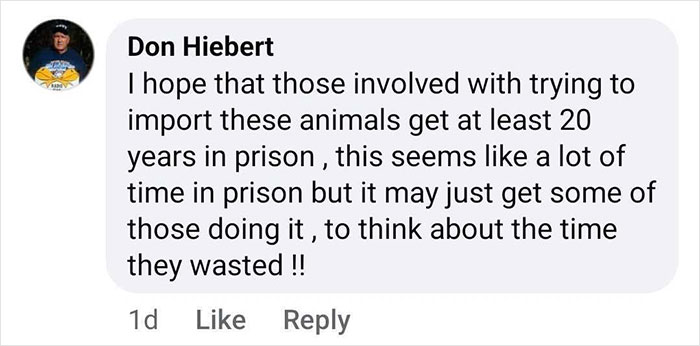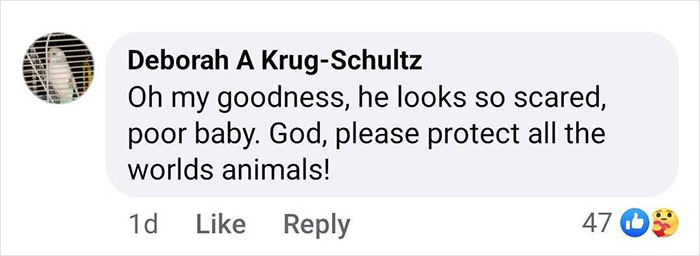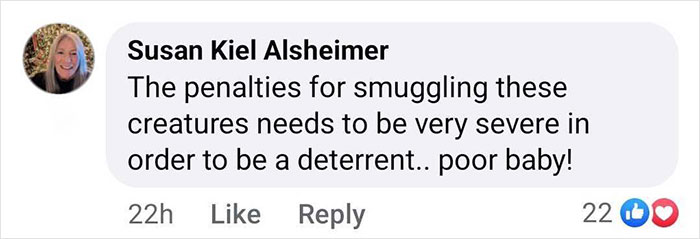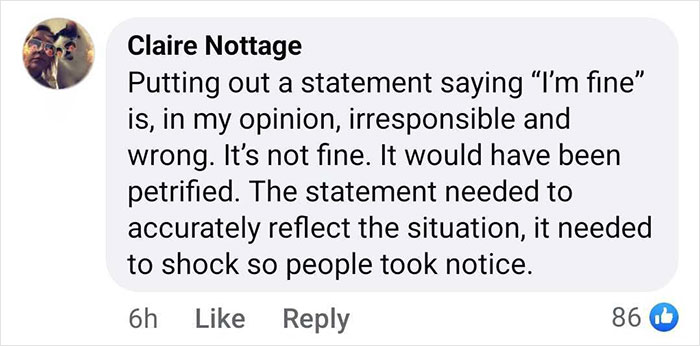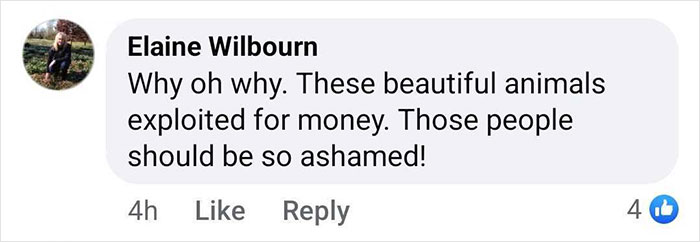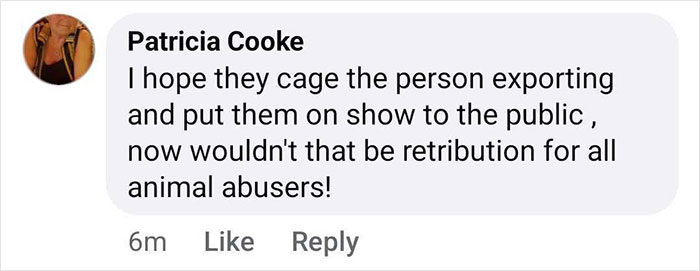A baby gorilla wearing a tiny T-shirt was discovered inside a small wooden crate at the Istanbul Airport before being subsequently rescued.
Customs enforcement teams flagged down a cargo shipment originating from Nigeria and heading to Bangkok, as part of their inspection to increase efforts of protecting wildlife and natural habitats.
What they found inside was a little five-month-old animal, identified as ‘gorilla gorilla’ — also known as the Western lowland gorilla.
A critically endangered baby gorilla was found at the Istanbul Airport
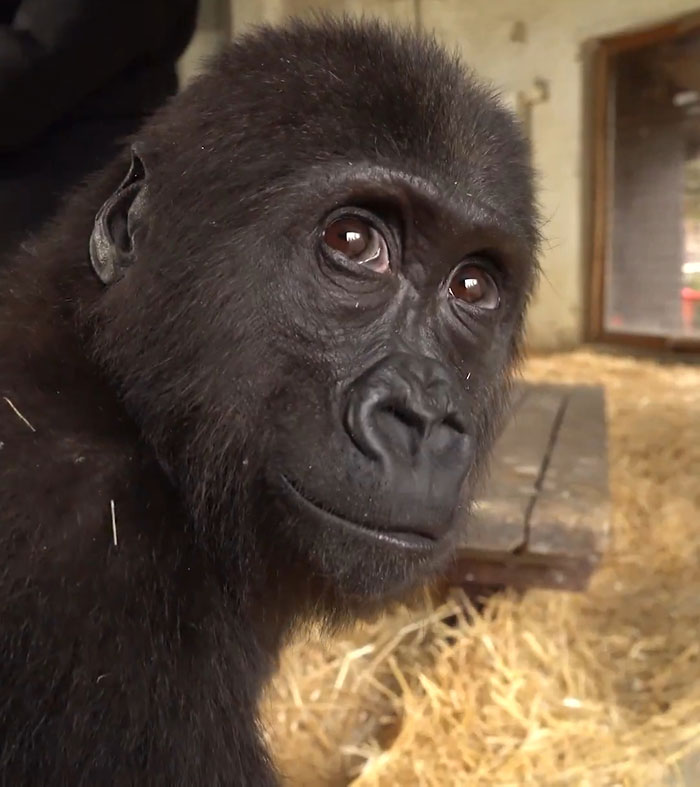
This species is classified as critically endangered and should be highly protected, as they face the highest risk of extinction. Thus, international trade is illegal, except in very rare cases, such as scientific research.
“[The gorilla is] a species listed under Appendix I of the Convention on International Trade in Endangered Species of Wild Fauna and Flora,” stated the ministry, as reported by Turkiye Today.
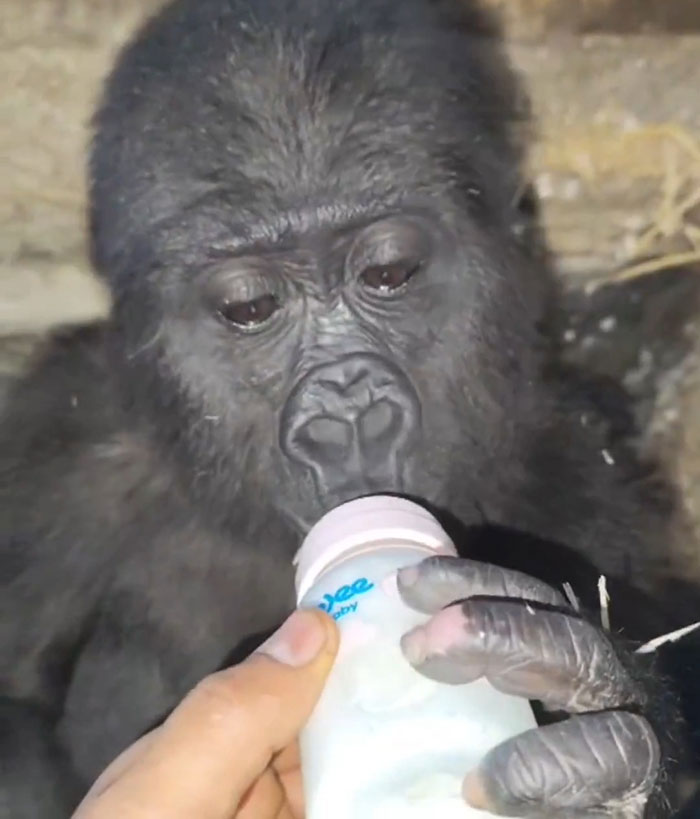
Ufaklığın durumu şu an iyi…
📍İstanbul Havalimanı’nda Ticaret Bakanlığı Gümrük Muhafaza ekiplerinin yaptığı kontrolde evrakları olmadan ülkemizden transit geçirilmeye çalışılan goril yavrusuna el konulmuştur.@milliparklar personelimiz tarafından rehabilitasyon ve bakımları… pic.twitter.com/D36eSRVJuy
— T.C. Tarım ve Orman Bakanlığı (@TCTarim) December 22, 2024
Following its rescue, officials were able to transfer the baby animal to the Ministry of Agriculture and Forestry’s care units.
“The little one is doing well,” they were able to confirm. “It was confiscated during customs checks while being illegally transported without proper documentation.
“The General Directorate of Nature Conservation and National Parks personnel are providing rehabilitation and necessary care.”
They added that “the gorilla remains under close observation to ensure its recovery.”
The gorilla was intercepted by authorities
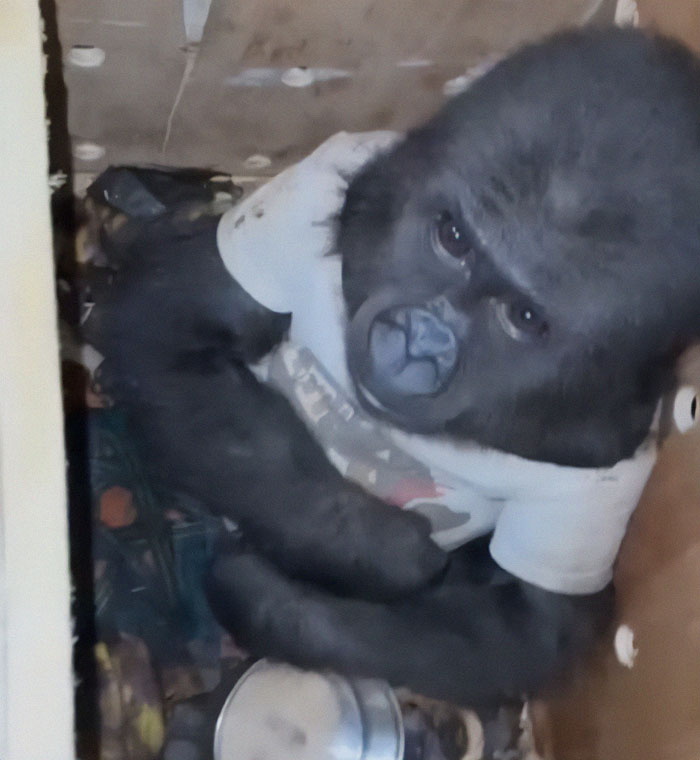
Although an official reason for the animal’s illegal transportation has not yet been disclosed, rehabilitation experts are doing their best to help it regain its strength and health. Their main goal has consistently been to provide a safe environment for the gorilla’s well-being.
The core of this practice, labeled as illegal wildlife trafficking, is due to the rapidly expanding demand for a variety of products around the world, said the U.S. Immigrant and Customs Enforcement (ICE).
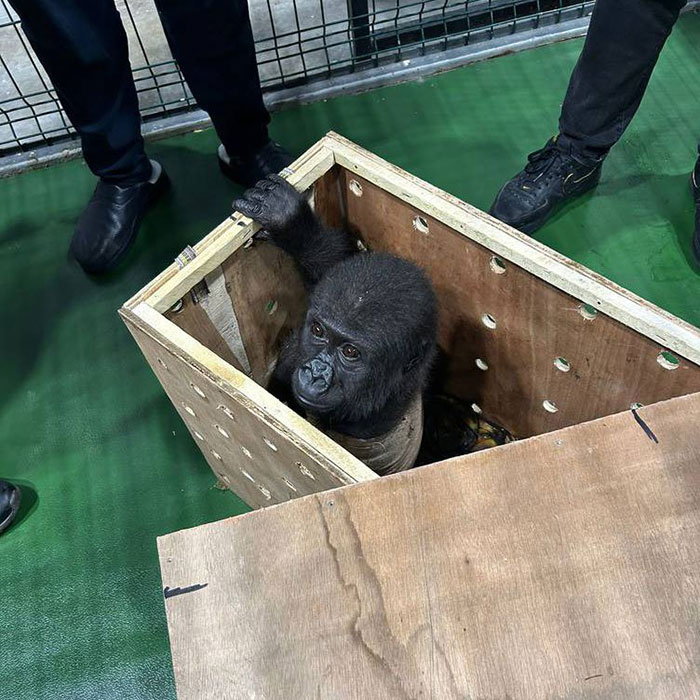
Ufaklıktan haber var 👋
🦍 Yavru gorilin, @milliparklar ekiplerimiz tarafından rehabilitasyon süreci devam ediyor.
👉 Önceliğimiz 5 aylık erkek yavrunun sağlığı ve aynı durumları tekrar yaşamaması için ona güvenli ortamı oluşturmak.
Başta nesli tehlike altındaki türler olmak… pic.twitter.com/05CCZHUXYK
— T.C. Tarım ve Orman Bakanlığı (@TCTarim) December 29, 2024
These include—but are not limited to—foods, ingredients for traditional Eastern medicine, exotic pets, jewelry, accessories, fur for clothing, and others.
Despite these regulations, data shows that illicit wildlife trafficking, including fisheries and timber, is the fourth largest global illegal trade, following narcotics, human trafficking, and counterfeit products.
These numbers are only continuing to grow as “international criminal networks engaging in drugs and human trafficking get more involved to supplement their income,” said the outlet.
Restrictions have been put on air travel to protect wildlife conservation
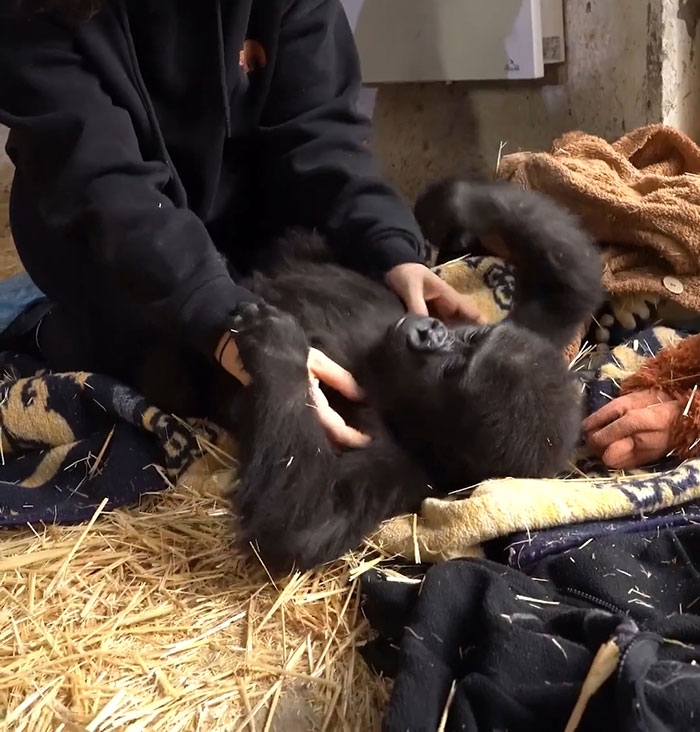
At a quick glance, illegal transportation of wildlife doesn’t seem to have any direct repercussions on the environment or the animals living in it — unless we take a deeper look.
Every single species is put under additional pressure at a time when the world is already facing devastating ecological threats such as overfishing, pollution, dredging, deforestation, and other forms of habitat loss.
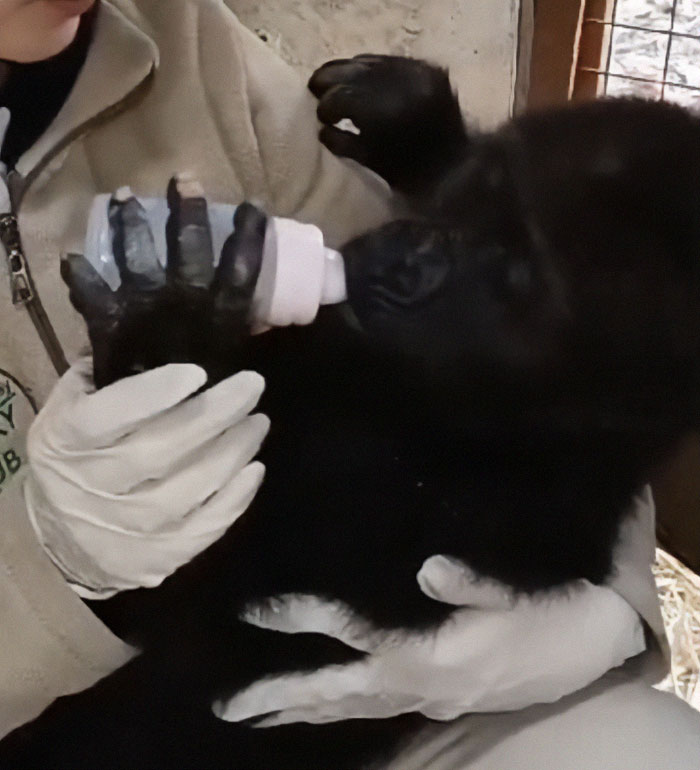
Humans living in rural areas, close to farmlands, or forested areas on Earth rely on wildlife in order to provide food and income for themselves, resulting in a steady imbalance.
Not to mention, biodiversity is a crucial element of each ecosystem and is being threatened due to wildlife trafficking.
Latin America hosts a bustling spectrum of different species, with Ecuador, containing about 1,600 species of birds. And although accurate data is hard to come by, Brazil’s Institute of Environment and Natural Resources estimates that at least 12 million wild animals are poached there every single year.
The threat of extinction is at an all-time high
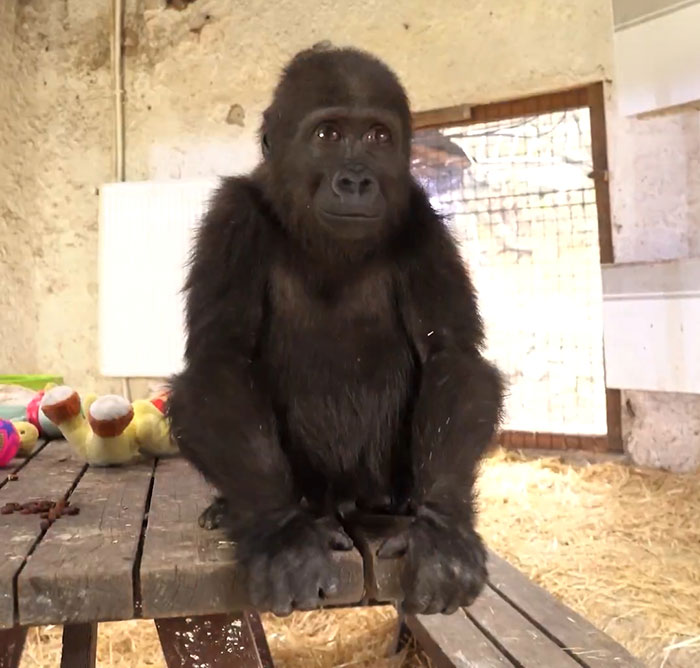
For a critically endangered species such as the Western lowland gorilla, each death will massively dwindle their already shrinking numbers.
Native to the Congo Basin, these animals are quiet, peaceful, and non-aggressive, according to the Smithsonian’s National Zoo & Conservation Biology Institute, and are currently threatened by disease and poaching.
Image credits: atv Haber
Their population has declined by more than 60% in the last 20 to 25 years, and a 2018 study additionally revealed that although more than 360,000 gorillas inhabit the forests of Western Equatorial Africa, 80% of them live outside protected areas.
The severity of the situation was acknowledged by many commenters


